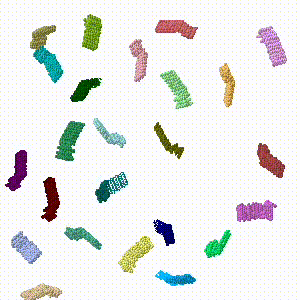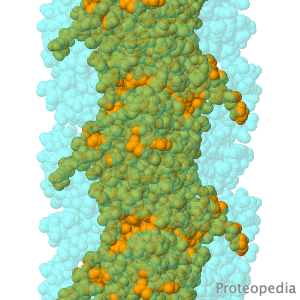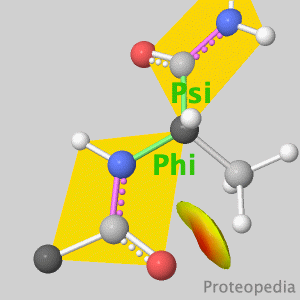Sandbox Home
From Proteopedia
| Line 4: | Line 4: | ||
<tr> | <tr> | ||
<td colspan="3" style="background:#F5F5FC; border:1px solid #ddd;"> | <td colspan="3" style="background:#F5F5FC; border:1px solid #ddd;"> | ||
| - | <div style=" | + | <!-- ISSN aligned right (no float, so sidebar isn't pushed down) --> |
| - | + | <div style="text-align:right; font-size:1.2em; padding:5px 10px 5px 10px;"> | |
| - | </div> | + | <b><i>ISSN 2310-6301</i></b> |
| + | </div> | ||
<span style="display:block; margin:0; padding:0.3em; color:#000; font-style:italic; font-size:1.4em;"> | <span style="display:block; margin:0; padding:0.3em; color:#000; font-style:italic; font-size:1.4em;"> | ||
| Line 15: | Line 16: | ||
<b>Proteopedia</b> presents this information in a user-friendly way as a <b>collaborative & free 3D-encyclopedia of proteins & other biomolecules.</b> | <b>Proteopedia</b> presents this information in a user-friendly way as a <b>collaborative & free 3D-encyclopedia of proteins & other biomolecules.</b> | ||
</span> | </span> | ||
| - | |||
| - | <div style="clear:both;"></div> | ||
</td> | </td> | ||
</tr> | </tr> | ||
| Line 27: | Line 26: | ||
</tr> | </tr> | ||
| - | <!-- | + | <!-- MAIN CONTENT ROW --> |
<tr style="vertical-align:top; text-align:center;"> | <tr style="vertical-align:top; text-align:center;"> | ||
<!-- LEFT COLUMN --> | <!-- LEFT COLUMN --> | ||
Revision as of 16:15, 30 September 2025
ISSN 2310-6301
As life is more than 2D, Proteopedia helps to bridge the gap between 3D structure & function of biomacromolecules
Proteopedia presents this information in a user-friendly way as a collaborative & free 3D-encyclopedia of proteins & other biomolecules.
|
||||||||
| Selected Research Pages | In Journals | Education | ||||||
|---|---|---|---|---|---|---|---|---|
|
|
|
||||||
|
||||||||




